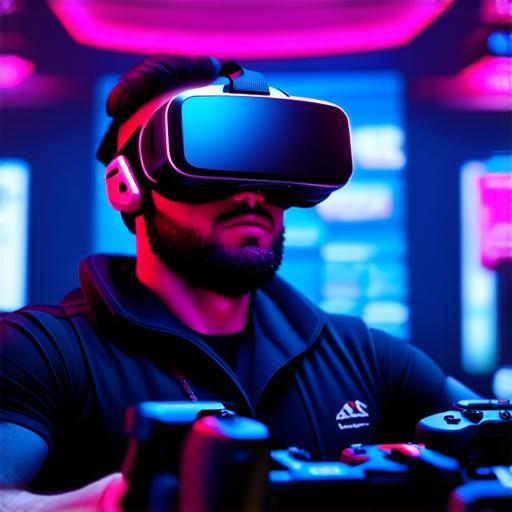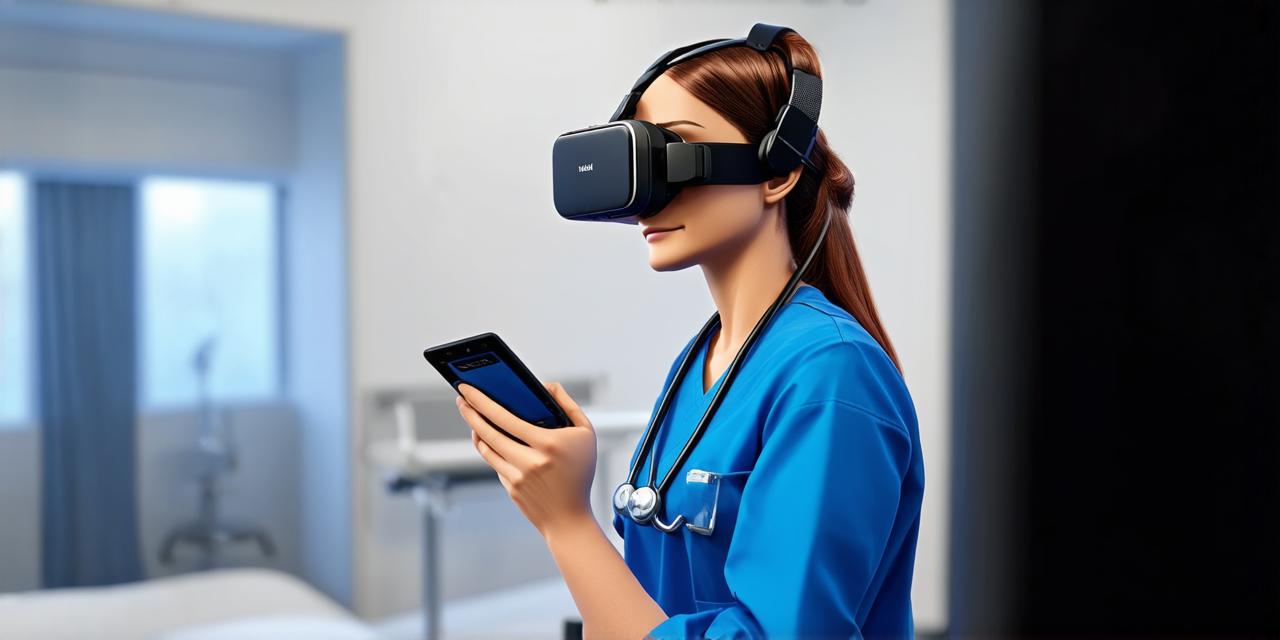Virtual Reality (VR) has revolutionized the way we interact with digital content and has opened up new possibilities for entertainment, education, and training.
In recent years, VR games have become increasingly popular, offering players an immersive experience that allows them to interact with virtual worlds in ways previously unimaginable. But how do these games work, and why are they so popular? In this article, we’ll explore the technology behind VR games, the benefits of playing them, and some real-life examples of how they’re being used.
What is Virtual Reality?
Virtual reality (VR) is a computer-generated simulation that creates an artificial environment for people to experience and interact with. The VR headset, which resembles a pair of goggles, tracks the user’s movements and adjusts the image in real-time based on where they look and how they move their head. This creates a sense of immersion that makes the user feel like they’re truly in the virtual world.
How do Virtual Reality Games Work?

Virtual reality games work by combining VR technology with game design principles to create interactive experiences that take place in a virtual environment. The VR headset is used to track the player’s movements, and sensors placed around the room can detect when the player moves or interacts with objects in the virtual world. This information is then used to update the game state and adjust the environment accordingly.
One of the key elements of virtual reality games is their ability to create a sense of presence and immersion. Players are fully engaged in the virtual world, and this engagement can lead to increased emotional investment in the story or characters. This can be especially effective in educational or therapeutic contexts, where players may be able to confront difficult emotions or situations in a safe and controlled environment.
Benefits of Virtual Reality Games
There are several benefits to playing virtual reality games, both for entertainment and educational purposes. One of the most significant benefits is the sense of immersion that VR can create. Players are fully engaged in the virtual world, which can lead to increased emotional investment and a more memorable experience. This can be particularly useful in training simulations, where players may need to confront difficult situations or emotions in order to develop their skills.
Another benefit of virtual reality games is their ability to create a sense of presence and connection with others. In multiplayer games, players can interact with each other in real-time, creating a social experience that can be both fun and educational. This can also be useful in therapeutic contexts, where patients may need to develop social skills or work through difficult emotions with the support of others.
Real-Life Examples of Virtual Reality Games
There are many examples of virtual reality games being used for a variety of purposes, including education, training, and entertainment. One example is the use of VR in medical training, where students can practice surgical procedures in a virtual environment. This can help reduce the risk of errors and improve patient outcomes.
Another example is the use of VR in education, where students can explore historical events or scientific concepts in a virtual world. For example, a student could take a virtual tour of ancient Egypt or experience the laws of physics in a virtual laboratory.
Virtual reality games are also being used for entertainment purposes, such as gaming and immersive experiences. One popular example is the use of VR in roller coasters, where riders can experience thrilling rides in a virtual environment. Other examples include VR escape rooms, where players must solve puzzles to progress through a virtual world, and virtual reality sports, where players can compete in games such as basketball or soccer in a virtual arena.
FAQs
What is the difference between virtual reality and augmented reality? Virtual reality creates a completely artificial environment for the user to experience, while augmented reality overlays digital information on top of the real world.
Are virtual reality games more immersive than traditional games? Yes, virtual reality games can create a greater sense of immersion due to their ability to track the user’s movements and adjust the environment accordingly.
Can virtual reality games be used for therapy or education purposes? Yes, virtual reality games have been shown to be effective in training simulations, as well as educational and therapeutic contexts.
Conclusion:
Virtual reality games are a rapidly growing field that combines technology and game design principles to create immersive experiences that can be both fun and educational. Whether you’re interested in the latest VR headset or looking for new ways to engage with students, virtual reality games have something to offer for everyone. As this technology continues to evolve, we can expect to see even more exciting applications of virtual reality in the future.




